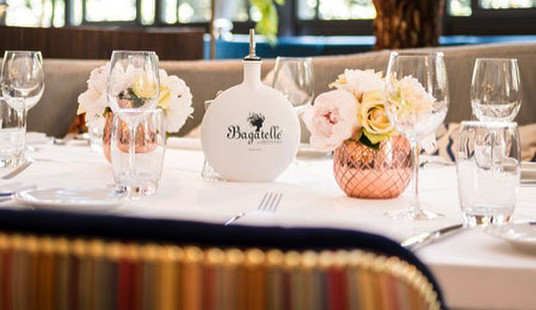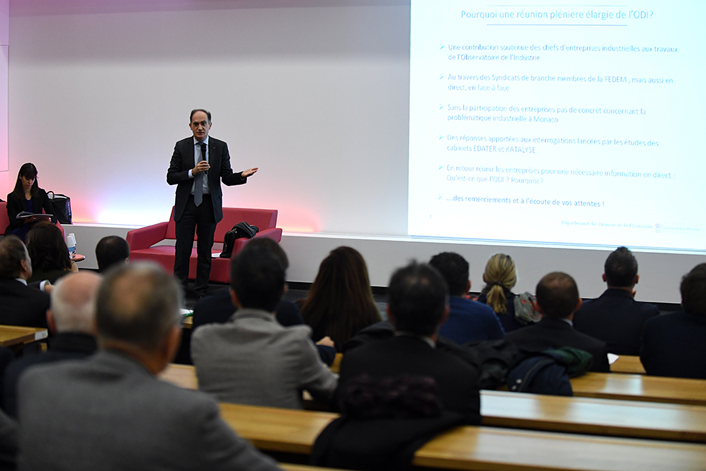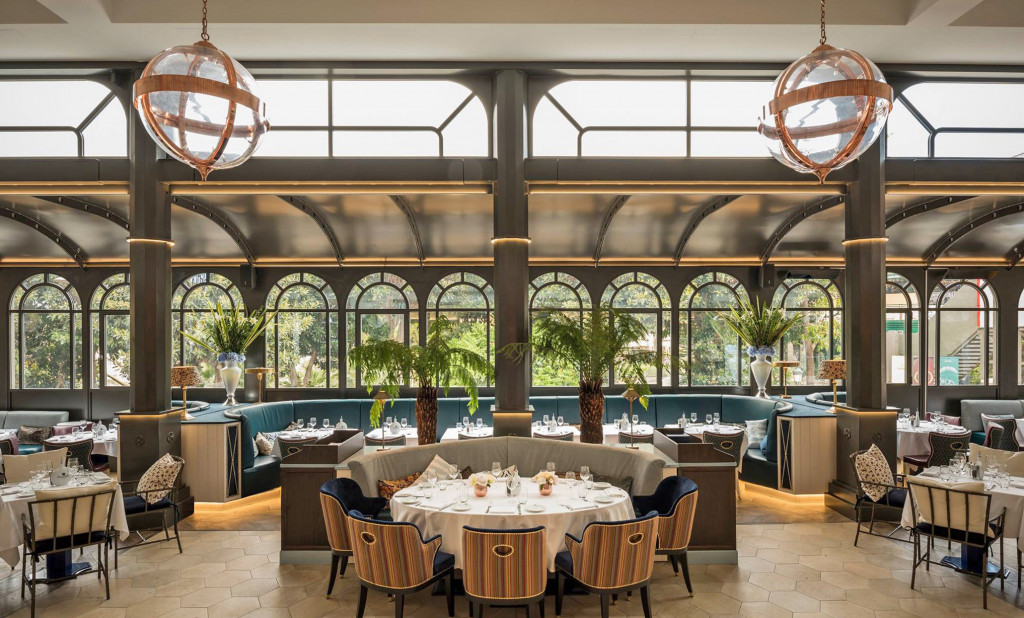
What’s in a name? Take bagatelle. Is it a trifle, a musical composition or a board game? The latter description sticks most. Yet even this is not without its nuances. Bagatelle is often confused with pinball, the down-at-heel arcade game where steel balls race around a glass-covered machine with flashing lights. Yet it is actually an 18th-century table game derived from billiards and named after the neoclassical French castle in which it was first played with ivory balls, wooden pins and cue sticks.
Bagatelle is also the brand name for the exclusive restaurant whose Mediterranean cuisine and live music have combined to attract a kitten-heeled following across the globe, from New York to St Tropez via Rio de Janeiro and Dubai to name but a few Bagatelle destinations. Finally its star-studded trail has reached the shores of Monaco so I decided to go along to find out what all the fanfare was about.
SIGN INTO YOUR PREMIUM ACCOUNT TO READ FULL ARTICLE
[ihc-hide-content ihc_mb_type=”show” ihc_mb_who=”reg” ihc_mb_template=”” ]
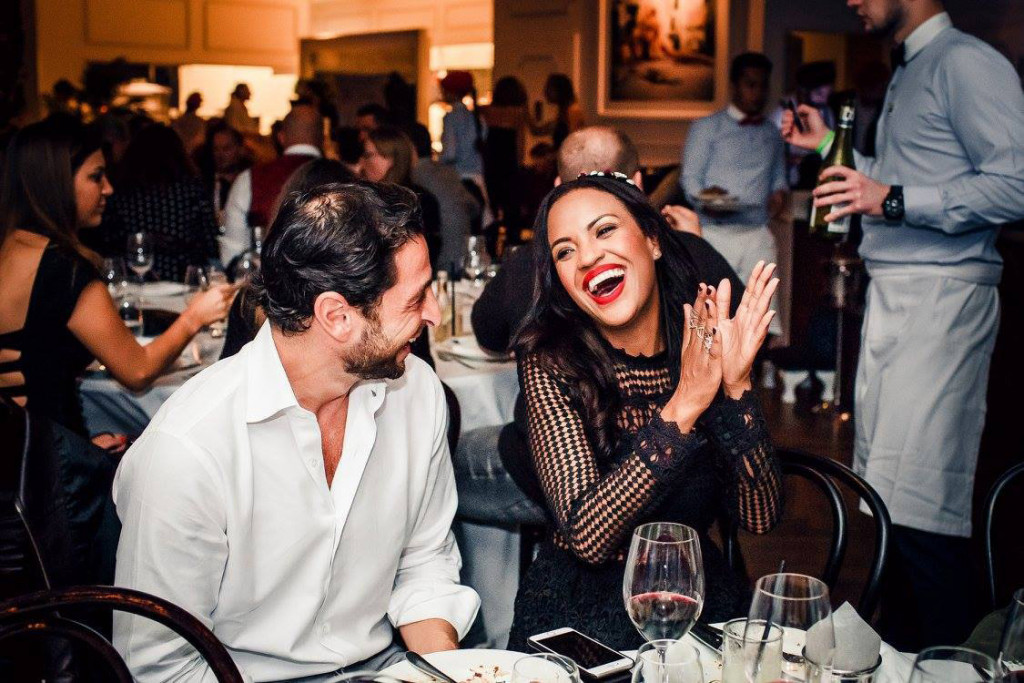
Upon arrival at Bagatelle Monte Carlo in its enviable location adjacent to Casino Square, I was struck first by the sumptuous architecture. Dreamt up by British designers Lambart & Browne, the interiors evoked a rich palette of blue and copper accentuated by high-arched windows, metal beams and leather-bound booths. I was greeted by the charismatic manager Freddy and taken to my table tucked away at the back of the restaurant from where I could survey the theatre of Monaco’s bright young things.
Over a moreish Pisco apple-and-cinnamon cocktail, I felt transported into a F. Scott Fitzgerald novel. At one table, a beautiful girl in a silver sequined dress perched like an exotic bird beside a portly, lovelorn companion. All of a sudden, she stood tall on her stilettos with her long, blonde hair swinging in waves as she shimmied before an admiring audience of well-groomed gentlemen at a neighbouring table.
The cameo was broken by three smiling waiters bearing a sparkler-topped birthday cake for a lion-haired youth surrounded by a gaggle of girls. While the waiters serenaded the table, the birthday boy (whose diamond-encrusted Hublot watch offset his ripped jeans) nonchalantly ordered another bottle of Cristal champagne.
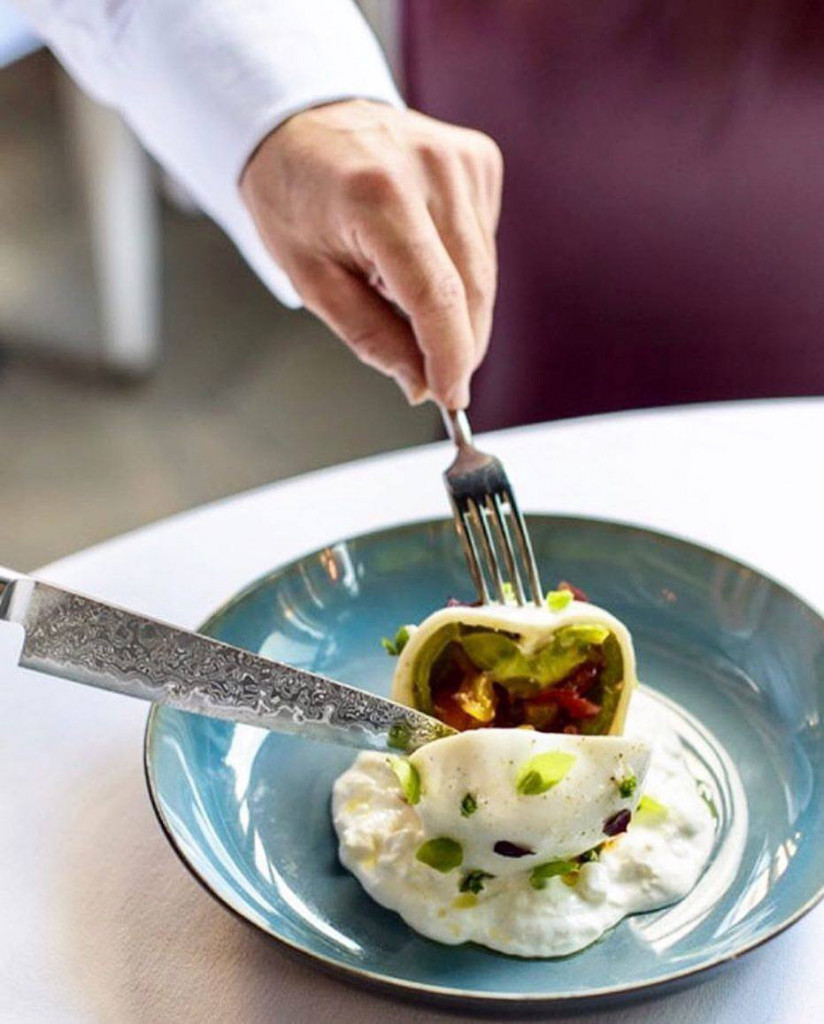
The resident DJ amped up the volume as menus arrived with another Pisco cocktail. With main course prices varying all the way from a modest €24 for pasta to €140 for matured rib-eye steak from Galicia, my partner and I chose carefully. We started with a melting Niçoise Burrata accompanied by heirloom tomatoes, and Bagatelle’s signature yellowfin tuna tartare enlivened by coriander and lime-soy vinaigrette.
These dishes were followed promptly by a rack of lamb from the Alps served with bulgur and figs, and Gomiti Rigati tubular pasta with eggplant and ricotta. The flavours of each carefully sourced ingredient combined to create an opera of taste.
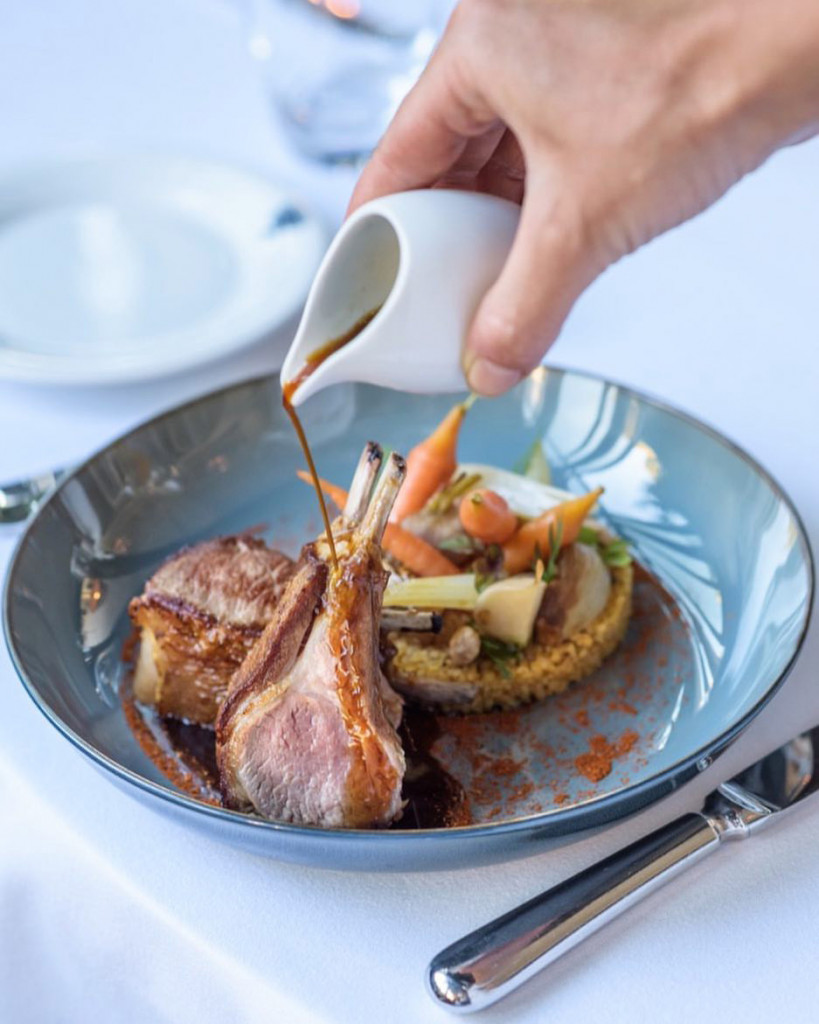
Chef Rocco Séminara’s classic Mediterranean cuisine was a league away from the decoratively tasteless fare served up at other clubs around the principality. Somehow Séminara had sprinkled the kitchens of Bagatelle with a little culinary stardust from former bosses Christian Willer (Cannes’ Hôtel Martinez) and Franck Cerutti (Hôtel de Paris). The result was an epicurean feast for the senses helped along by a Pisco cocktail or two.
So is Bagatelle Monte Carlo a restaurant for well-heeled partygoers or a club for fashionable foodies? Actually it’s both. Like its namesake, Bagatelle defies classification.
Bagatelle Monte Carlo, 15 Galerie Charles III, is open Monday to Friday noon to 2pm; Sunday to Thursday 7:30pm to 11pm, Friday and Saturday 7:30pm to midnight. Reservations are held for 15 minutes. Article first published November 3, 2017.
READ ALSO BY LOUISE
[/ihc-hide-content]
